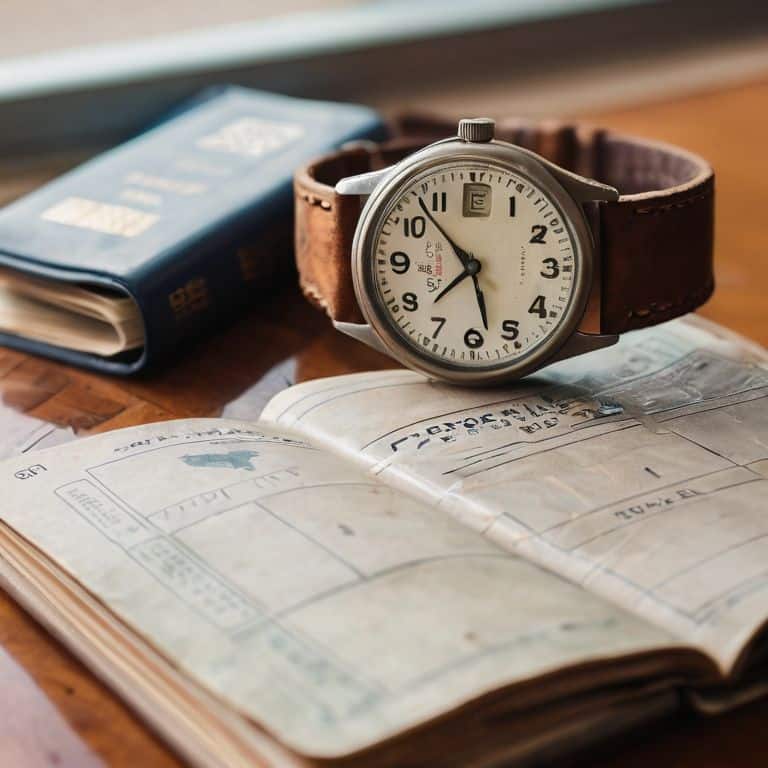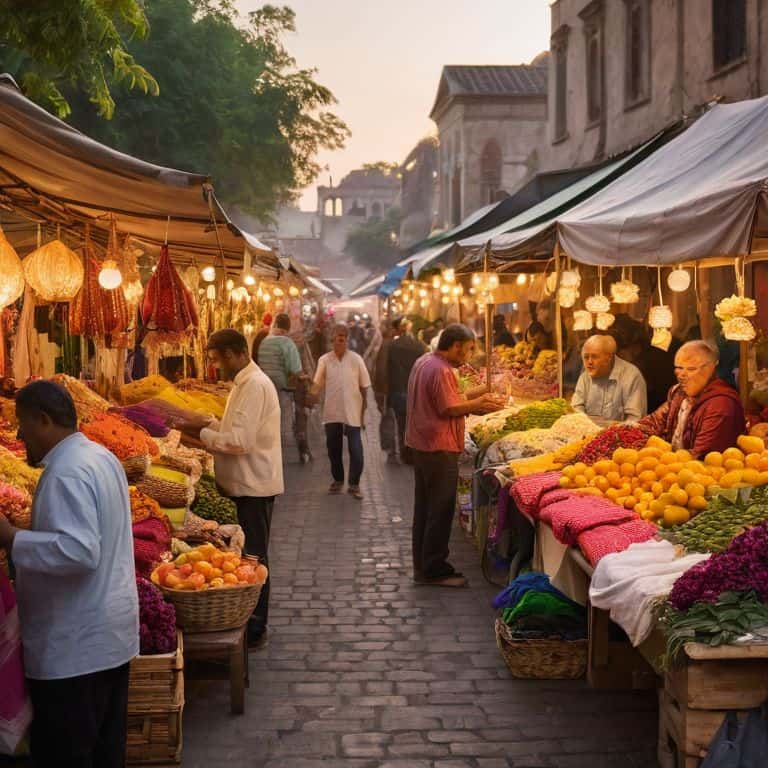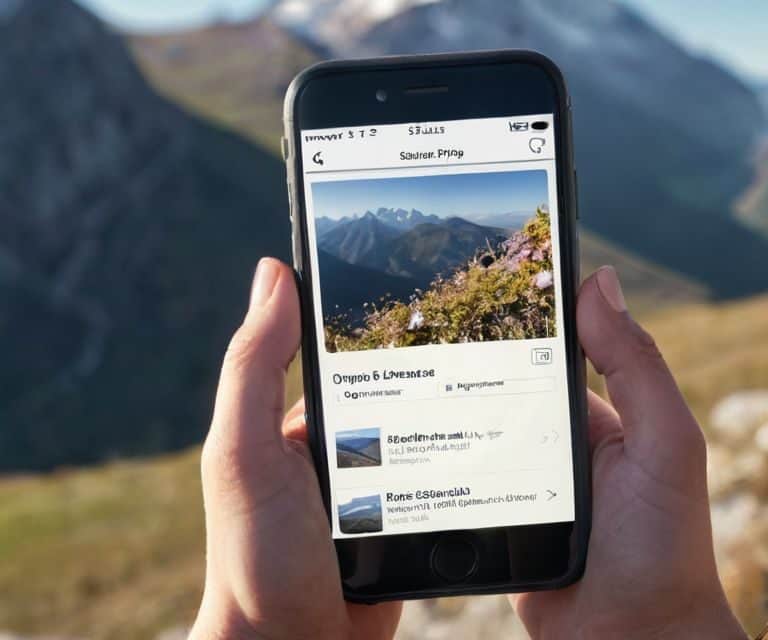I still remember the moment I realized that taking better travel photos wasn’t just about pointing a camera and clicking. I was in a crowded market in Marrakech, surrounded by vibrant colors and textures, and I was determined to capture the essence of the place. But as I looked through my lens, I felt like I was missing the mark. Everyone tells you that to take better travel photos, you need the latest gear and a bunch of fancy techniques. But I’ve learned that it’s not about the equipment or the tricks – it’s about seeing the world around you.
In this article, I’ll share my honest, no-hype advice on how to take better travel photos. I’ll tell you about the simple mistakes that can make or break a shot, and the practical tips that have helped me improve my photography over the years. From understanding light to experimenting with composition, I’ll give you the lowdown on what really works. My goal is to help you move beyond the clichés and capture the raw, unedited beauty of the places you visit. So, if you’re ready to ditch the tourist traps and take your travel photography to the next level, let’s get started.
Table of Contents
Guide Overview: What You'll Need

Total Time: 1 hour 30 minutes
Estimated Cost: $0 – $100
Difficulty Level: Easy
Tools Required
- Smartphone (with good camera)
- Camera (with adjustable settings)
- Tripod (for stability)
- Extra Batteries (for camera or smartphone)
- Memory Cards (for extra storage)
Supplies & Materials
- Sunny Weather (natural light)
- Polarizing Filter (for reducing glare)
- Remote Shutter Release (for reducing camera shake)
Step-by-Step Instructions
- 1. First, ditch the auto mode and take control of your camera settings. I know it can be intimidating, but trust me, it’s worth learning the basics of aperture, shutter speed, and ISO. Start by understanding what each of these settings does and how they interact with each other. For example, a low aperture (like f/2.8) will give you a shallow depth of field, which is great for portraits, while a high aperture (like f/16) will keep more of your image in focus, which is better for landscapes.
- 2. Next, learn to pay attention to light. The best travel photos are often taken during the golden hour, just before sunset, when the light is soft and warm. But don’t be afraid to experiment with different lighting conditions – overcast skies can add a moody touch to your photos, while harsh midday sun can create interesting shadows and textures. Remember, the key is to be flexible and adapt to the lighting conditions you’re given.
- 3. Now, it’s time to get creative with composition. Don’t be afraid to break the rules and try new things – experiment with unusual angles, play with reflections and silhouettes, and don’t be afraid to get a little experimental. For example, try shooting from a low angle, looking up at your subject, or use a reflection in a window or puddle to add some interest to your photo.
- 4. When it comes to capturing the local culture, it’s all about immersion. Don’t just stick to the tourist areas – venture out into the neighborhoods, visit local markets, and try to capture the everyday moments that reveal the true character of a place. And don’t be afraid to get a little lost – some of the best photos come from stumbling upon unexpected scenes and moments.
- 5. To take your photos to the next level, learn to edit like a pro. Don’t overdo it – a little subtlety goes a long way – but learn to use editing software to enhance the colors, contrast, and texture of your photos. Start with the basics, like adjusting the exposure and contrast, and then experiment with more advanced techniques, like split-toning and local adjustments.
- 6. Next, invest in a good camera bag and learn to pack like a pro. You don’t need to carry every lens and gadget with you, but have a few essentials, like a prime lens, a tripod, and a portable charger, that will help you take your photos to the next level. And don’t forget to label your gear – there’s nothing worse than losing a crucial piece of equipment in a foreign country.
- 7. Finally, practice, practice, practice. The more you shoot, the better you’ll become at anticipating moments, composition, and lighting. Don’t be afraid to take risks and try new things – and don’t be too hard on yourself if your photos aren’t perfect at first. Remember, the goal is to tell a story, not just to take a technically perfect photo. With time and practice, you’ll develop your own unique style and vision, and your photos will start to shine.
Raw Travel Photography

When it comes to capturing the essence of a place, I always try to incorporate local culture into my photos. This can be as simple as snapping a shot of a street vendor or a bustling market. I’ve found that immersive photography is all about telling a story, and what better way to do that than by showcasing the people and traditions that make a place unique? By doing so, you’ll be able to convey the vibrant atmosphere of a destination, making your photos truly stand out.
I’m also a big fan of using reflections in my travel photography. Whether it’s a serene lake, a bustling city street, or a quiet alleyway, reflections can add a whole new layer of depth to your photos. Try experimenting with different angles and compositions to capture the perfect reflection shot. And don’t be afraid to get creative – experimentation is key when it comes to taking unique and captivating photos.
For me, the best photos are often taken during the golden hour, when the sun is rising or setting. There’s something magical about the soft, warm light that casts a glow over everything. Whether you’re capturing a sweeping landscape or a quiet moment in a bustling city, this light can add a touch of magic to your photos. So, be sure to plan your shoots around these times for truly unforgettable results.
Capturing Sunrise Chaos
Capturing Sunrise Chaos is all about embracing the messy, golden hours of dawn. I’m talking about shooting in low light, with chaotic streets and half-asleep locals as your backdrop. It’s not always easy, but trust me, it’s worth it. I recall a particularly crazy sunrise shoot in Marrakech, where I got lost in the medina and stumbled upon a group of vendors setting up their stalls. The resulting photos were some of my favorites from the trip – imperfect, grainy, and utterly captivating. To capture this kind of raw energy, be prepared to rise early, move quickly, and get a little uncomfortable.
Mastering Nighttime Scenes
When the sun dips below the horizon, the city transforms into a kaleidoscope of colors and textures. To capture the essence of nighttime scenes, I ditch my tripod and opt for a handheld approach, embracing the grain and blur that comes with high ISOs. It’s not about perfection; it’s about bottling the energy of the night. I’ve found that some of the best shots come from alleys and side streets, where neon lights reflect off wet pavement and strangers become silhouettes.
I recall a night in Tokyo, where I stumbled upon a tiny ramen shop, its entrance lit only by a faint lantern. The steam rising from the bowls, the glow of the lantern, and the faces of the patrons all blended together in a beautiful, chaotic dance. I snapped a few frames, and the resulting photo was a testament to the beauty of nighttime rawness – unedited, unfiltered, and utterly captivating.
Shooting from the Hip: 5 Unconventional Tips for Authentic Travel Photos
- Get comfortable with your camera’s manual mode – it’s the only way to truly capture the mood of a place, especially in low-light conditions
- Ditch the clichés: instead of posing in front of landmarks, try to capture the small, telling details that reveal a city’s personality, like street art or vendor stalls
- Forget the rule of thirds – sometimes the most interesting shots come from breaking the rules and experimenting with unconventional composition
- Take your camera to the streets at dawn or dusk, when the light is soft and golden, and the crowds are smaller – it’s the perfect time to capture the raw, unedited beauty of a city
- Put your camera away sometimes: the best travel photos often come from a place of genuine immersion and observation, so make sure to take time to soak in your surroundings and connect with the people around you
Key Takeaways for Unforgettable Travel Photos
Ditch the poses and props, and focus on capturing the raw, unedited moments that tell the real story of your journey
Experiment with shooting during the golden hour, and don’t be afraid to get a little messy and creative with your nighttime scenes
Remember, the best travel photos are the ones that evoke a sense of place and emotion, so don’t just shoot landmarks – capture the people, textures, and sensations that make a destination truly come alive
Unfiltered Lens
The best travel photos aren’t about capturing perfection, but about embracing the beautiful chaos of the unknown – the messy streets, the imperfect light, and the unscripted moments that make a place truly come alive.
Clara Bishop
Capturing the Essence of Travel Photography

As I reflect on the journey of taking better travel photos, I want to emphasize that it’s all about immersing yourself in the moment. From the chaotic beauty of sunrise to the mesmerizing scenes of nighttime, each shot is an opportunity to tell a story. I’ve shared my tips and tricks, from ditching the selfie stick to mastering the art of raw, unedited photography. By embracing the unpredictability of travel and staying true to your unique perspective, you’ll be well on your way to capturing photos that truly reflect the essence of your adventures.
So, the next time you find yourself lost in a new city, remember that the best photos are the ones that capture the raw, unedited beauty of the moment. Don’t be afraid to get a little messy, to take risks, and to push beyond your comfort zone. As you continue on your own photography journey, I hope you’ll carry the lessons of this guide with you, and that they’ll inspire you to keep exploring, keep shooting, and always keep it real.
Frequently Asked Questions
What are some essential camera settings for capturing high-quality images in low-light conditions while traveling?
For low-light shots, I swear by a few key camera settings: bump up your ISO to 1600 or 3200, widen your aperture to f/2.8 or lower, and slow your shutter speed to 1/30s or slower. Trust me, it’s all about embracing the grain and blur to capture the real essence of a place.
How can I effectively compose a shot to convey the story and emotion of a moment without relying on posed photos?
Ditch the pose and get real – capture the in-betweens, like a bustling market or a quiet alleyway. Focus on genuine interactions and expressions, and don’t be afraid to get a little gritty with your composition. I like to use a wide-angle lens to soak up the surroundings, and then zoom in on the details that tell the story.
What are some tips for taking authentic, non-intrusive photos of locals and their daily lives while respecting their culture and privacy?
For authentic local shots, ditch the zoom lens and engage with people. Ask permission, share a smile, and show genuine interest in their daily life. I recall a vibrant market scene in Marrakech where I spent hours chatting with vendors, capturing their stories, not just their faces. Respect and connection are key to non-intrusive, meaningful photos.
